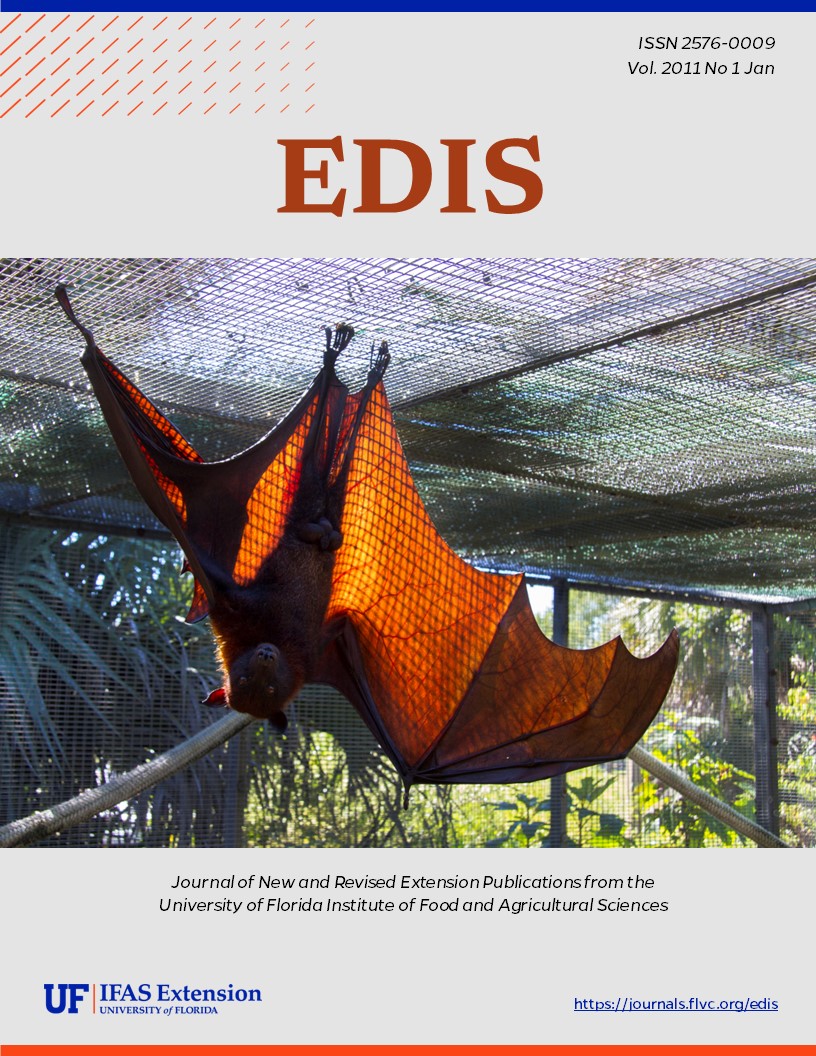Abstract
This document is 4-H 6.10, part of the Engaging Volunteers through ISOTURES series by Bryan D. Terry, Rick Godke, Bill Heltemes, and Lori Wiggins. Published by the UF 4-H and Youth Development Program, October 2010.
References
Boyd, B. L. (2003). Identifying Competencies for Volunteer Administrators for the Coming Decade: A National Delphi Study. Journal of Agricultural Education, 44(4). https://doi.org/10.5032/jae.2003.04047
Bussell, H. & Forbes, D. (2003). The Volunteer Life Cycle: a marketing model for volunteering. Voluntary Action, 5(3), pp. 61-79.
Culp, K., McKee, R.K., and Nestor, P. (2004). Volunteer Research Knowledge & Competency: Taxonomy for 4-H Youth Development.
Fogarty, K., Terry, B.D., Pracht, D.W., and Jordan, J.C. (2009). Organizational supports and youth life skill development: Adult volunteers as mentors, managers, and "mediators." Journal of Youth Development: Bridging Research and Practice, 4, 21-36. https://doi.org/10.5195/JYD.2009.239
Graff, L.L. (2006). Declining profit margin: When volunteers cost more than they return. International Journal of Volunteer Administration, 24(1). Retrieved Mar. 11, 2008, from http://www.ijova.org/PDF/VOL24_NO1/ IJOVA_VOL24_NO1_Profit_Margin_ Linda_ Graff.pdf.
Hager, M.A. and Brudney, J.L. (2005) Net Benefits: Weighing the Challenges and Benefits of Volunteers. The Journal of Volunteer Administration, 21(1), 26-31.
Lerner, R.M., Lerner, J.V., and Phelps, E. (2007). The Positive Development of Youth. Boston: Tufts University, Institute of Applied Research.
McCurley, S. and Lynch, R. (2006). Volunteer Management (2nd ed.). Ontario: Johnstone Training and Consultation, Inc.
Osborne, D. and Taylor, T. (1992). Reinventing Government: How the Entrepreneurial Spirit is Transforming the Public Sector. New York: Addison-Wesley.
Rossi, P.H., Freeman, H.E., and Lipsey, M.W. (1999). Evaluation: A Systematic Approach (6th ed.). Thousand Oaks, CA: Sage Publications.
University of Wisconsin Extension. Available at http://4h.uwex.edu/ncrvd/vcomp/index.cfm

